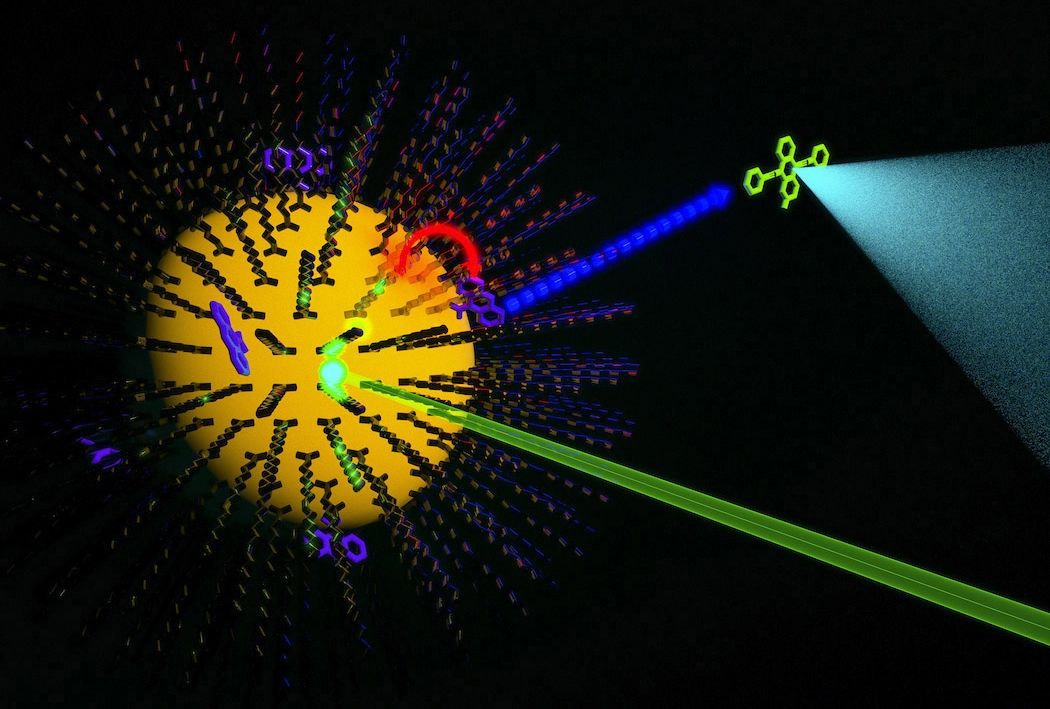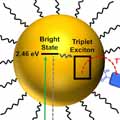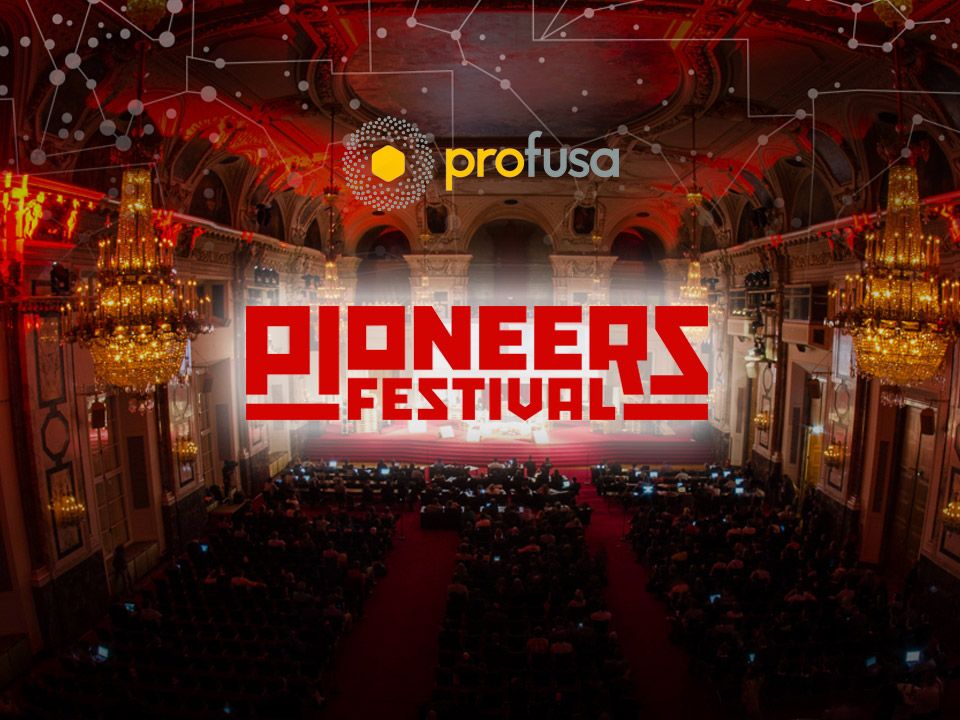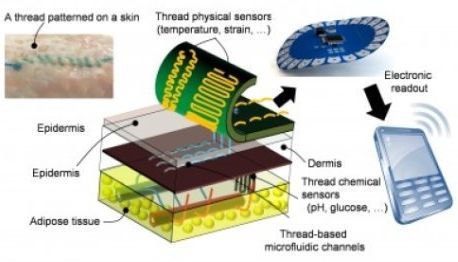Tempus fugit. I’m just about old enough to remember a time in which 2020 was the distant future of science fiction novels, too far away to be thinking about in concrete terms, a foreign and fantastical land in which anything might happen. Several anythings did in fact happen, such as the internet, and the ongoing revolution in biotechnology that has transformed the laboratory world but leaks into clinics only all too slowly. Here we are, however, close enough to be making plans and figuring out what we expect to be doing when the third decade of the 21st century gets underway. The fantastical becomes the mundane. We don’t yet have regeneration of organs and limbs, or therapies to greatly extend life, but for these and many other staples of golden age science fiction, the scientific community has come close enough to be able to talk in detail about the roads to achieving these goals.
Of all the things that researchers might achieve with biotechnology in the near future, control over aging is by far the most important. Aging is the greatest cause of death and suffering in the world, and none of us are getting any younger. That may change, however. SENS, the Strategies for Engineered Negligible Senescence, is a synthesis of the scientific view of aging as an accumulation of specific forms of cell and tissue damage, pulling in a century of evidence from many diverse areas of medical science to support this conclusion. Aging happens because the normal operation of our cellular biochemistry produces damage, wear and tear at the level of molecules and molecular structures, and some of that damage accumulates to cause failure of tissues and organs, and ultimately death.









